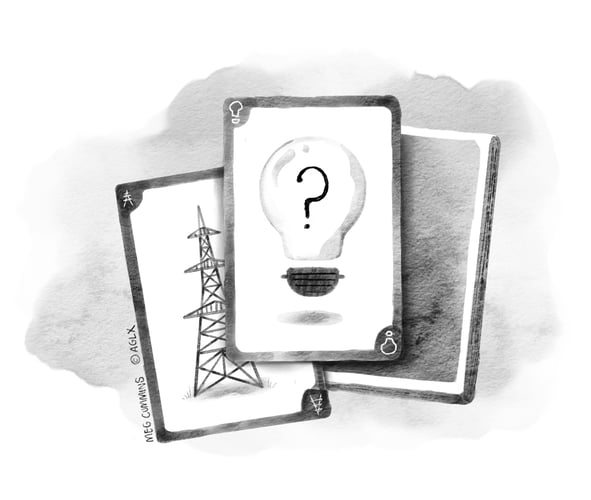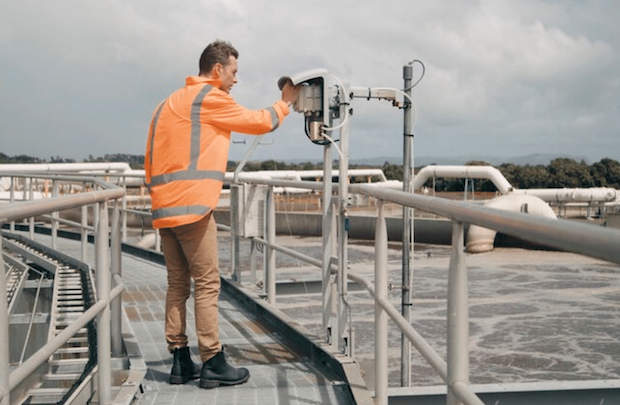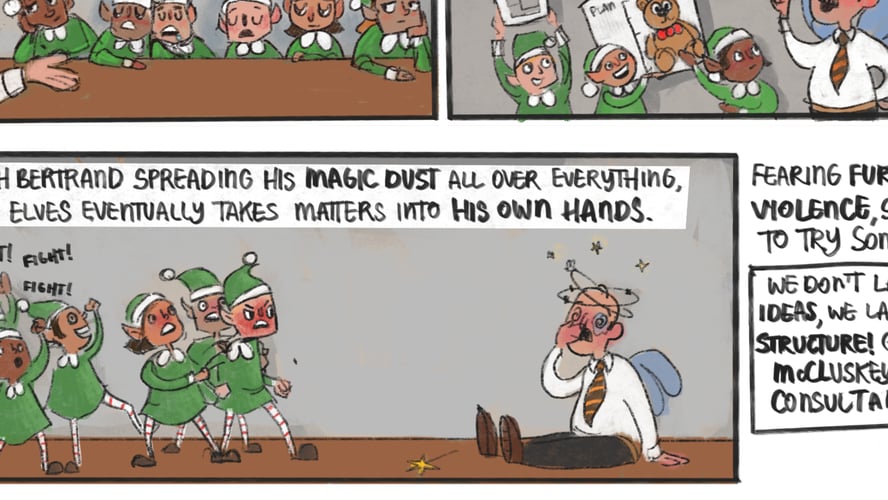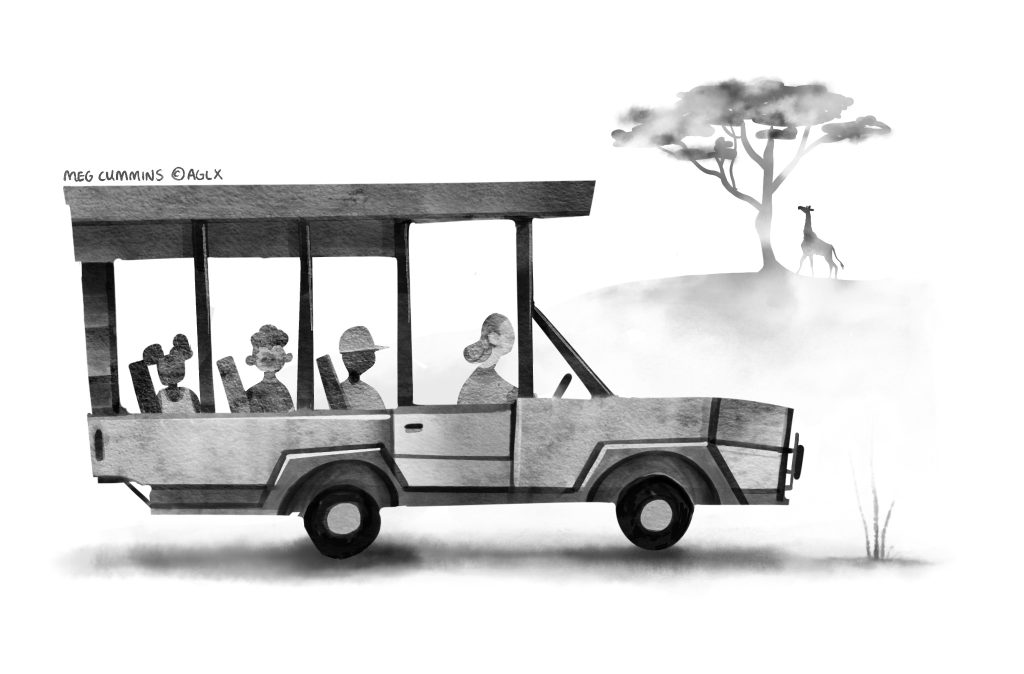
Innovation is the amplification of successful exploration. It is when something new and valuable emerges from trying new things and scaling those things that work.
We need to continue being innovative in order to remain relevant to our customers and take advantage of the opportunities around us. Or even shift our strategic landscape.
Exploration requires a different mode of operating, what I call ‘Safari Mode’. This is about having genuine curiosity and active openness to serendipity. Adjusting our tempo to pick up on signals of new opportunities and novel connections while moving in a general direction of success.
Contrast this to the ‘Highway Mode’. This is where there is a clear destination that we are trying to reach as fast as possible within the speed limits. If we’re going at a high speed, we keep a narrow focus on what’s in front of us. We take the most efficient route. This mode is appropriate at work when there is a predictable path to get to our goal.
Yet, enabling innovation to emerge through exploration does not have a predictable path. We don’t know the most efficient route to a solution, let alone what the solution will be. The Highway Mode is inappropriate and increases our risk of negative unintended consequences.
An experience I had a few years ago brought the ‘Safari’ metaphor to mind. I went on safari in Kenya.
Having grown up in Zimbabwe I had an inkling for what I was in for and was not disappointed. Watching the drama of the wildebeest migration was a big tick off my bucket list. One minute, a peaceful herd grazing; next, charging down a steep riverbank and thrashing through crocodile-infested waters to the other side.
I want to outline six aspects to the approach we took on our safari which can inform how we can get into ‘Safari Mode’ at work. I have also outlined how to shift between Safari and Highway Modes at the appropriate time.
1. Make the time
We dedicated five days to the adventure. Sometimes we’d sit by a waterhole for an hour waiting. It didn’t always feel like an efficient use of time, that’s the nature of exploration. It puts time and resources at risk as we don’t know what the outcome will be until it happens.
When exploring for new solutions, allocating time and resources is often the biggest challenge.
Ironically, innovation can often emerge from a crisis. We’re forced to spend the time and resources we have at our disposal exploring solutions at speed. Think about the digital transformations sparked by people forced to work from home as a result of Covid-19 lockdowns. Many innovations to support hybrid working have emerged since.
It’s ideal if the exploration activity replaces other work rather than adding to already busy workloads.
We recommend allocating seed funding and time boxes as constraints to exploration activity up front. This provides freedom to explore within boundaries.
Carving out time is not enough – below we look at other aspects of the Safari Mode to ensure we use our time and resources well.
2. Maximise diversity of perspective
We went on safari as a group, scanning the environment for things of interest. We were looking at the same terrain but had different vantage points and levels of familiarity with the environment. Having a range of perspectives increased our chances of seeing something interesting. We did not rely on one person to have the ‘right’ perspective.
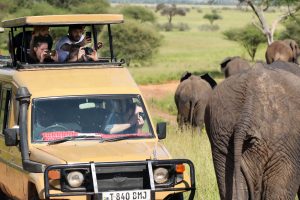
At AGLX, we use workshop methods with our clients to draw out diverse perspectives and make space for curiosity. We’ve seen this unlock more effective paths of exploration. We see boundaries tested and the range of possibility expanded.
Beyond making an existing process more efficient, it is useful to have intelligence and guidance on what the boundaries, or terrain, might be. This is where maps and guides come in.
3. Use a map or guide
Openness to serendipity through exploration doesn’t mean complete randomness. On safari we had a map and my brother’s local knowledge of the area to set a direction for where to explore. Sometimes we would have a general direction – find a herd of wildebeest and see what predators turn up. Other times, we targeted more specific sights, like finding a point in the river where wildebeest were most likely to cross.
The map is not an exact representation of the landscape and a guide’s knowledge is not perfect, however, they are the best starting point to embark on an exploration. They provide us with degrees of certainty and predictability. From there we adapt based on observations of the situation in real time (weather patterns etc).
When we work with our clients, we don’t just start with a blank sheet of paper. It is important to understand their current state through various mapping techniques, such as Simon Wardley’s Wardley Mapping, Dave Snowden’s Estuarine Mapping and Sonja Blignaut’s Waysfinder. These are valuable in understanding possibilities for exploration within our current situation.
People see their strategic landscape and identify the next steps for action.
4. Engage in the environment
You could watch videos on YouTube of the wildebeest migration. You would learn interesting facts and see some impressive footage. It’s nothing like the experience of being there – sitting in the car as hundreds of wildebeest thunder past, then one minute later have them thunder past in the other direction. As the dust settles, a large male lion emerges from the bushes. You learn about hierarchy in the animal kingdom in those moments!
We have to engage with our environment to learn from it. The complex systems in which we work have so many entangled elements. We have to explore possibilities by acting in them and context matters hugely.
At AGLX we work with clients to try things in a safe way and see what we can learn from the result – we call this ‘safe to fail’. Analysis and planning can aid exploration but are not substitutes for exploration when it comes to real learning.
We support our clients to design and run experiments to explore opportunities. Using specific challenges from their context to give direction. If an experiment yields a solution, we amplify and innovation emerges as the outcome. Succeed or fail, we share the learning.
5. Manage tempo
On safari we seldom drove faster than 30km/h, enabling us to scan the environment as best we could.
We would have missed a lot if we had rushed, or put ourselves at risk on an unfamiliar road surface. At one point, we passed another group who told us about us that a lion kill was near. We could also see the saw vultures circling. In that case, we sped up because we knew the location and wanted to take the window of opportunity to see the animals before they moved on.
When there is much uncertainty around a situation we need to slow down and pay more attention. Once there is more certainty and we see signals of success emerging, then we move more quickly. At this point, diverse perspectives remain useful to avoid overconfidence in certainty.
When we have more certainty of our destination and a perhaps even a developed solution, we get into Highway Mode – fast and focused. We move quickly to the next milestone. This is not about tunnel vision, we still have external awareness of risk, but a narrower focus. We move quickly to the next milestone.
In the organisations we work with the point is not going slow for slowness sake. The point is to monitor the impact of our actions on the environment – which may require slowing down. We prepare a list of possible signs of success and failure. We then apply more resources to move quickly towards success or away from failure.
6. Ensure feedback loops
On safari I recorded what I saw through photos, videos and a journal. We marked places we had been on the game park map. We used wildlife guidebooks to understand more about the unusual animals we saw. We would discuss and debate our sightings. We would do this during game drives and back at the camp in the evening.
Exploration is a learning process at its heart. At AGLX we develop a way of operating that detects and responds to signals in the moment. We share what we learn as we go and we also have learning rituals at the end of periods of activity, such as retrospectives. This allows for a more dynamic approach to resource allocation.
AGLX’s ICE Innovation® Framework helps organisations develop their Safari Mode.
- We scan widely for signals from our environment (Intelligence).
- We slow down to allow for multiple perspectives on the challenge we wish to explore (Curiosity). This allows for space, time and psychological safety
- We explore by trying different options and adapting as we learn (Execution)
By working through ‘ICE’ we increase the probability of finding novel solutions to our challenges.
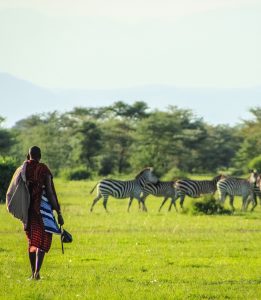
The word ‘safari’ is Swahili for ‘journey’. Your organisation is on a journey, evolving through time. No two safaris are the same. We invite you to adopt the Safari Mode to explore, discover and scale exciting new opportunities to add value on your organisation’s journey.
Help On Your Journey?
Could you do with some help for your organisation on its journey? Maybe understanding how to ‘explore’ in a safe way?
AGLX is an adaptive strategy consultancy that helps organisations overcome the barriers to exploration and enables innovation through designing and managing portfolios of safe-to-fail experiments.
We work with the leaders of organisations who are looking for fresh thinking and want to challenge the status quo.
Get in touch with us for a confidential discussion about how we can support you.
Illustration by Meg Cummins © AGLX 2023
Additional imagery thanks to Pexels: A Chomolla; Gerbert Voortman; Nirav Shah


